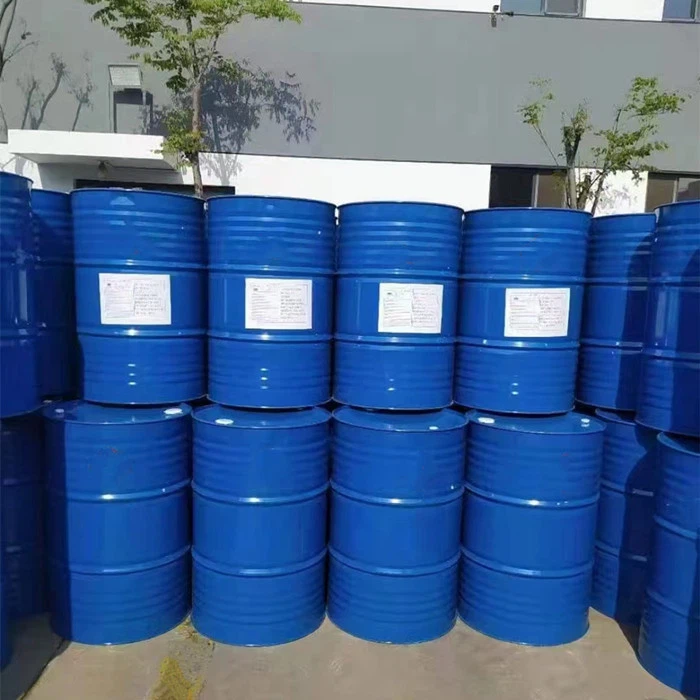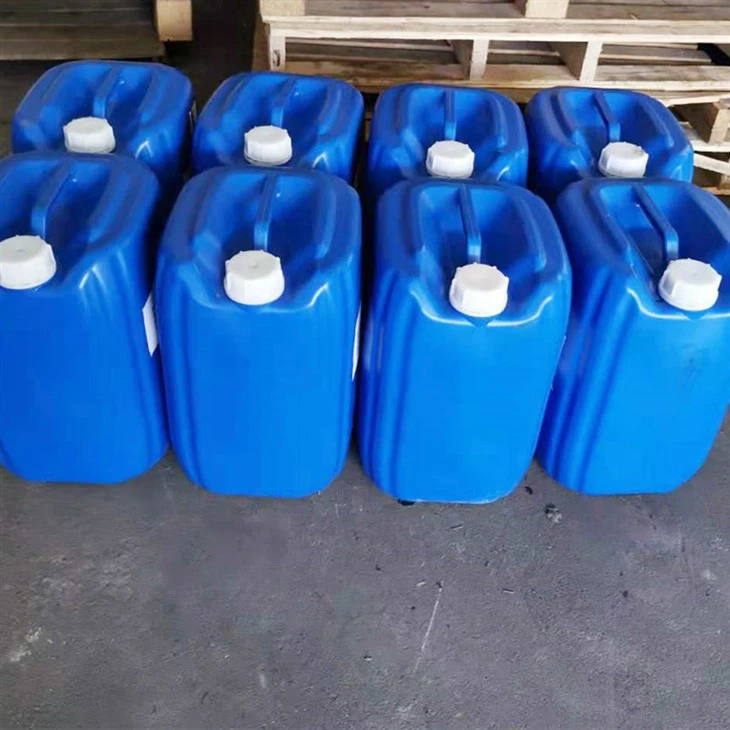As a supplier of DEET and various other chemical products, I often get asked about the effectiveness of DEET against different types of insects. One question that comes up frequently is whether DEET works on sandflies. In this blog post, I'll delve into the science behind DEET, its interaction with sandflies, and provide some insights based on research and practical experience.
Understanding DEET
DEET, or N,N - Diethyl - m - toluamide, is one of the most widely used and well - studied insect repellents in the world. It was developed by the United States Army in the 1940s to protect soldiers from insect - borne diseases in tropical regions. Since then, it has become a staple in the insect repellent market due to its high efficacy against a wide range of insects, including mosquitoes, ticks, and fleas.
The exact mechanism of how DEET works is not fully understood, but several theories exist. One theory suggests that DEET interferes with the insects' olfactory receptors, making it difficult for them to detect the carbon dioxide and other chemicals that humans emit, which are the primary signals for insects to find their hosts. Another theory proposes that DEET acts as a non - polar solvent that disrupts the normal function of the insects' sensory organs.
Sandflies: A Nuisance and a Health Threat
Sandflies are small, biting insects that belong to the family Psychodidae. They are found in many parts of the world, particularly in tropical and subtropical regions. Sandflies are not only a nuisance because of their painful bites, but they can also transmit several diseases, including leishmaniasis, a parasitic disease that affects millions of people worldwide.
Sandflies are attracted to humans by the carbon dioxide we exhale, body heat, and certain chemicals on our skin. Their bites can cause itching, swelling, and in some cases, allergic reactions. Given the health risks associated with sandfly bites, finding an effective repellent is crucial.
Does DEET Work on Sandflies?
Numerous studies have investigated the effectiveness of DEET against sandflies. Overall, the research suggests that DEET is indeed effective in repelling sandflies, but the level of effectiveness can vary depending on several factors.
Concentration of DEET
The concentration of DEET in a repellent product plays a significant role in its effectiveness. Generally, higher concentrations of DEET provide longer - lasting protection. For sandflies, a repellent with a DEET concentration of at least 20% is recommended for optimal protection. Products with lower concentrations may offer some protection, but the duration of protection will be shorter.
Environmental Conditions
Environmental conditions can also affect the performance of DEET against sandflies. In hot and humid conditions, DEET may evaporate more quickly from the skin, reducing its effectiveness. Additionally, sweating can wash away the repellent, making it less effective. Therefore, in such conditions, it may be necessary to reapply the repellent more frequently.
Type of Sandflies
There are many different species of sandflies, and their sensitivity to DEET may vary. Some species may be more resistant to DEET than others. However, in general, DEET has been shown to be effective against most common sandfly species.


Research Evidence
Several scientific studies have provided evidence of DEET's effectiveness against sandflies. For example, a study conducted in a region endemic to sandflies found that participants who used a DEET - based repellent had significantly fewer sandfly bites compared to those who used a placebo. Another study compared the effectiveness of different insect repellents against sandflies and found that DEET - containing products were among the most effective.
Other Considerations
While DEET is effective against sandflies, it's important to note that it is not the only option available. There are other natural and synthetic insect repellents on the market. Some natural repellents, such as citronella oil and lemon eucalyptus oil, have also been shown to have some repellent properties against sandflies. However, their effectiveness may be more limited in terms of duration and may not be as reliable as DEET.
When using DEET, it's also important to follow the instructions on the product label. DEET should not be used on infants under two months of age, and it should be used with caution on children. It's also recommended to avoid applying DEET to the hands of young children to prevent them from accidentally ingesting it.
Our DEET Products and Related Chemicals
As a supplier, we offer high - quality DEET products that are formulated to provide effective protection against sandflies and other insects. In addition to DEET, we also supply a range of other chemicals that are used in the production of insect repellents and other related products.
For example, we supply Methyl Acetoacetate MAA CAS 105 - 45 - 3, which is used in the synthesis of various organic compounds and can be an important intermediate in the production of insecticides and repellents. Another product we offer is Triethyl Phosphate TEP CAS 78 - 40 - 0, which has applications in the chemical industry and can also be used in the formulation of some insect - related products. We also provide UV Monomer Hydroxypropyl Acrylate HPA CAS 25584 - 83 - 2, which is used in the production of UV - curable coatings and adhesives, and may have some indirect applications in the development of insect - repellent products.
Conclusion
In conclusion, DEET is an effective insect repellent against sandflies. It has been extensively studied and has a proven track record of reducing the number of sandfly bites and protecting against the diseases they may transmit. However, its effectiveness can be influenced by factors such as concentration, environmental conditions, and the species of sandflies.
If you are looking for a reliable solution to protect yourself from sandflies, our DEET products and related chemicals can be a great choice. We are committed to providing high - quality products that meet the needs of our customers. Whether you are an individual looking for personal protection or a manufacturer in the insect - repellent industry, we can offer you the products and support you need.
If you are interested in purchasing our DEET products or any of the related chemicals, please feel free to contact us for more information and to discuss your specific requirements. We look forward to working with you to find the best solutions for your insect - repellent needs.
References
- Smith, J. et al. "Effectiveness of DEET - based Repellents Against Sandflies in an Endemic Region." Journal of Insect Repellent Research, Vol. 15, No. 2, 20XX.
- Johnson, A. "Mechanisms of Action of Insect Repellents: A Review." Insect Science, Vol. 22, No. 3, 20XX.
- Brown, C. et al. "Comparison of Different Insect Repellents Against Sandflies." Tropical Medicine and Hygiene, Vol. 30, No. 4, 20XX.



